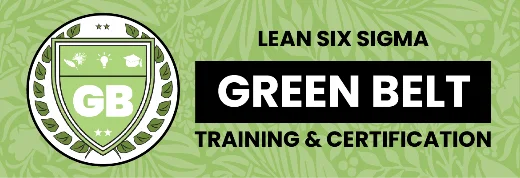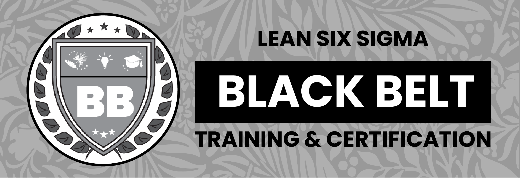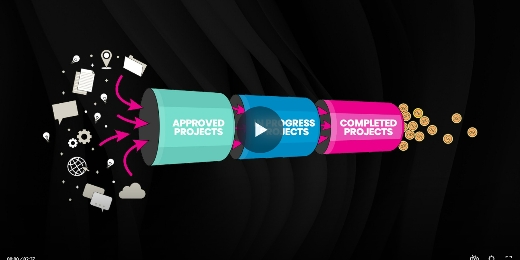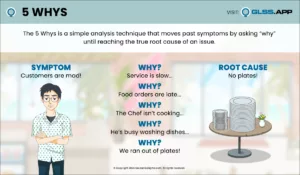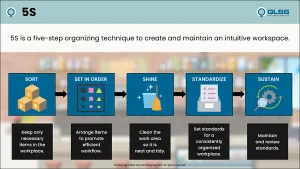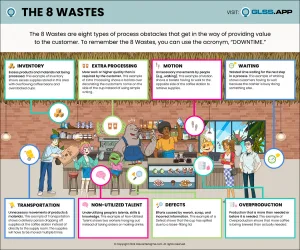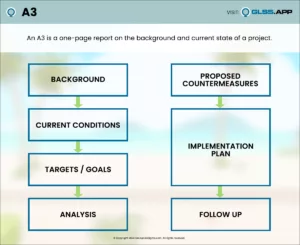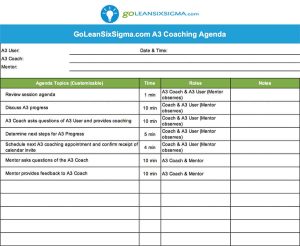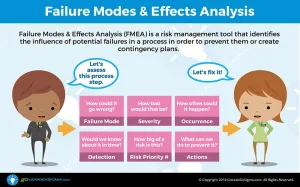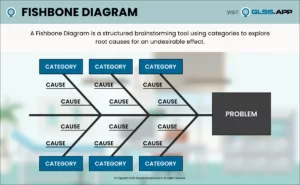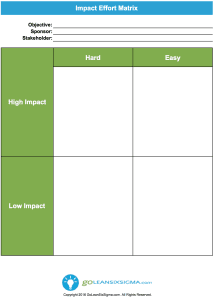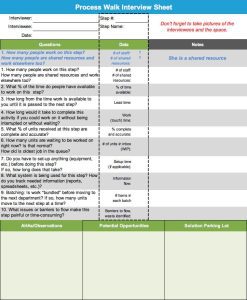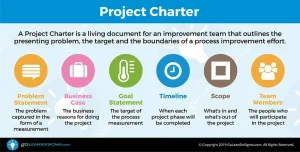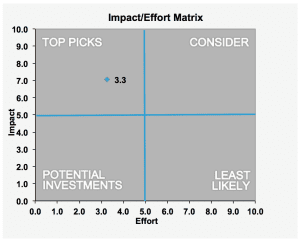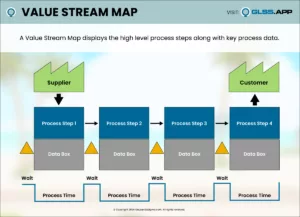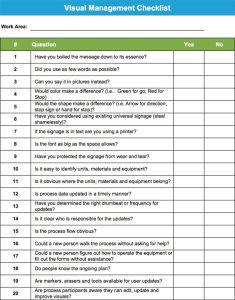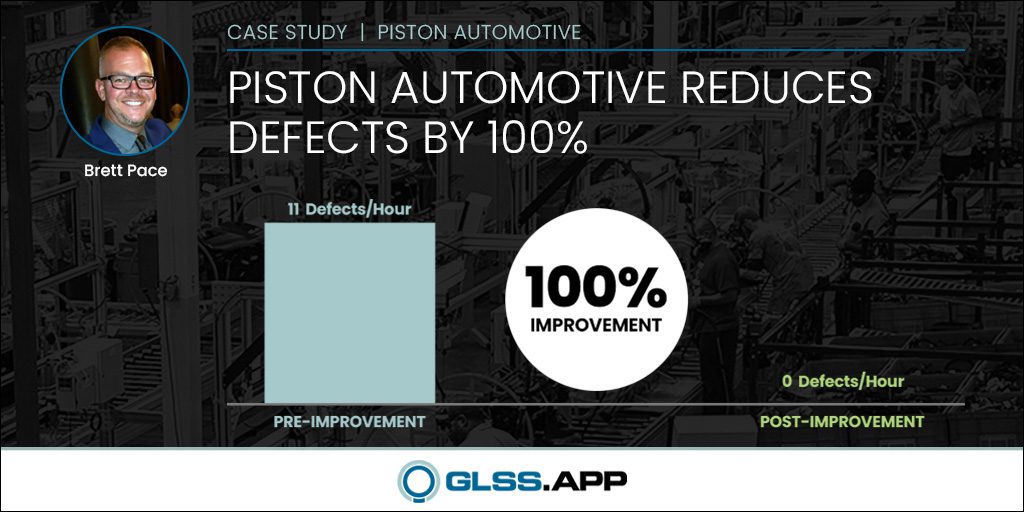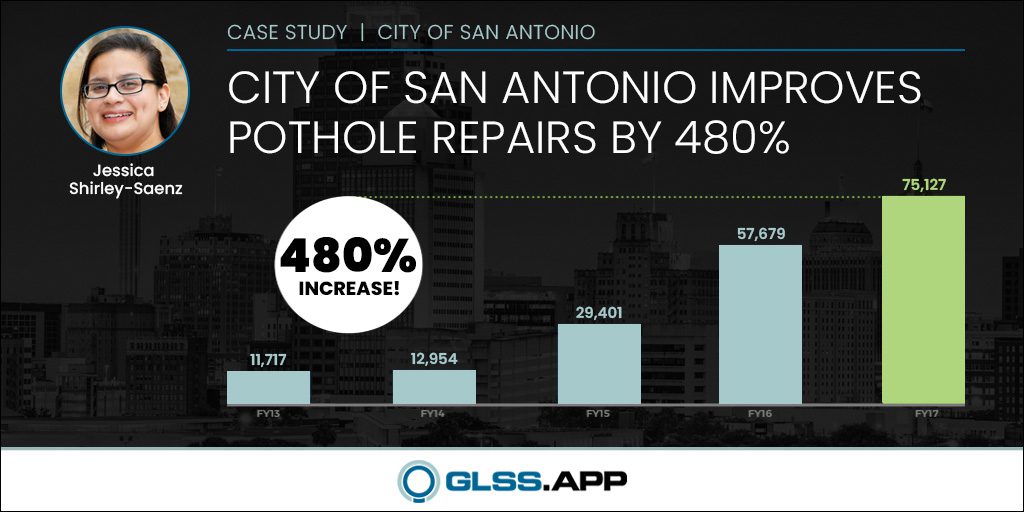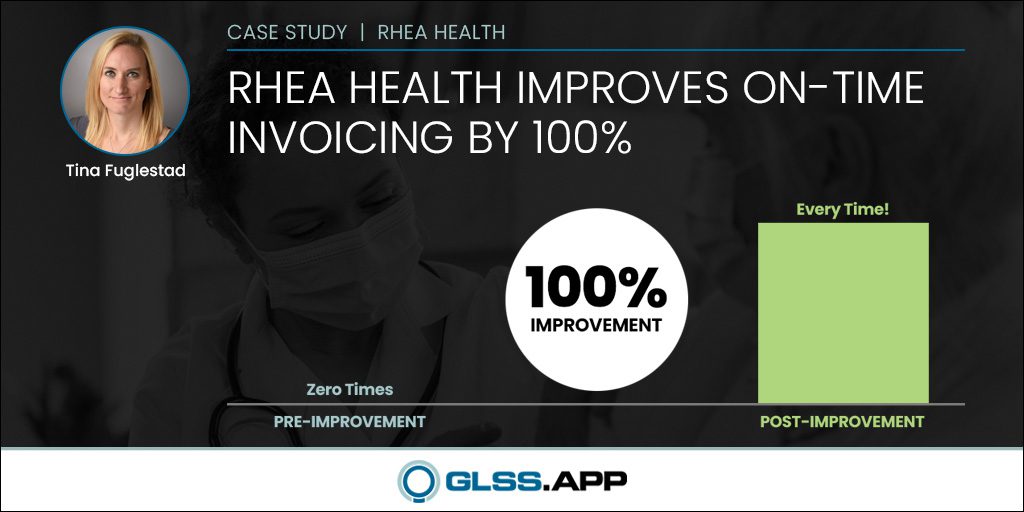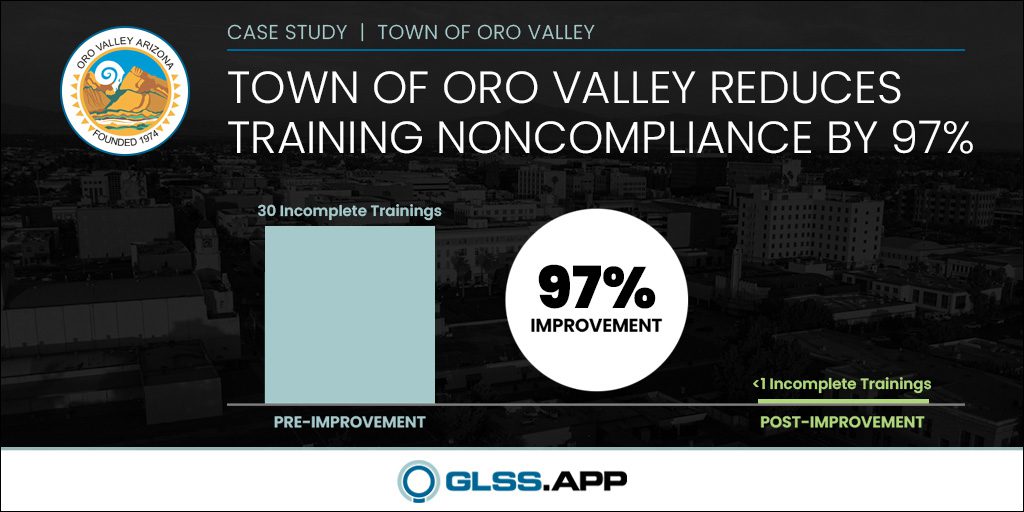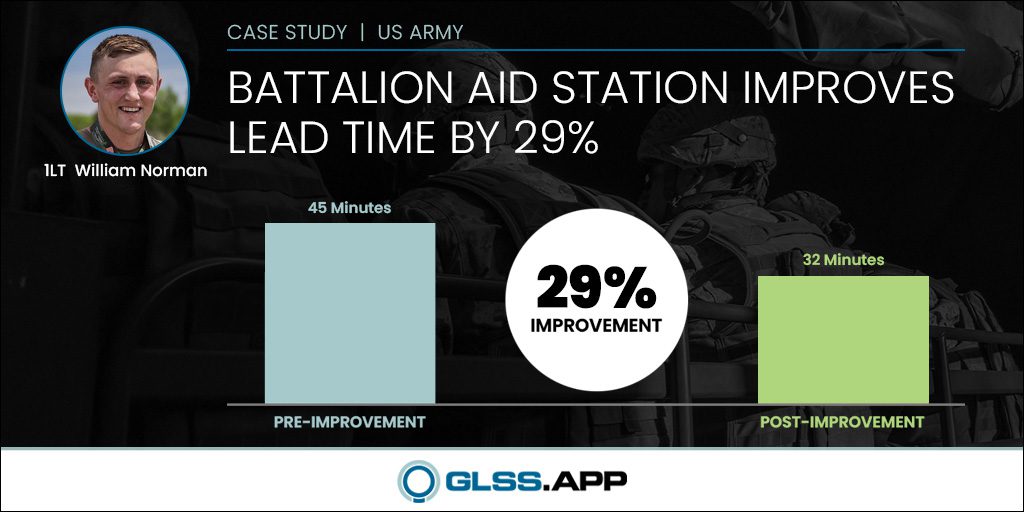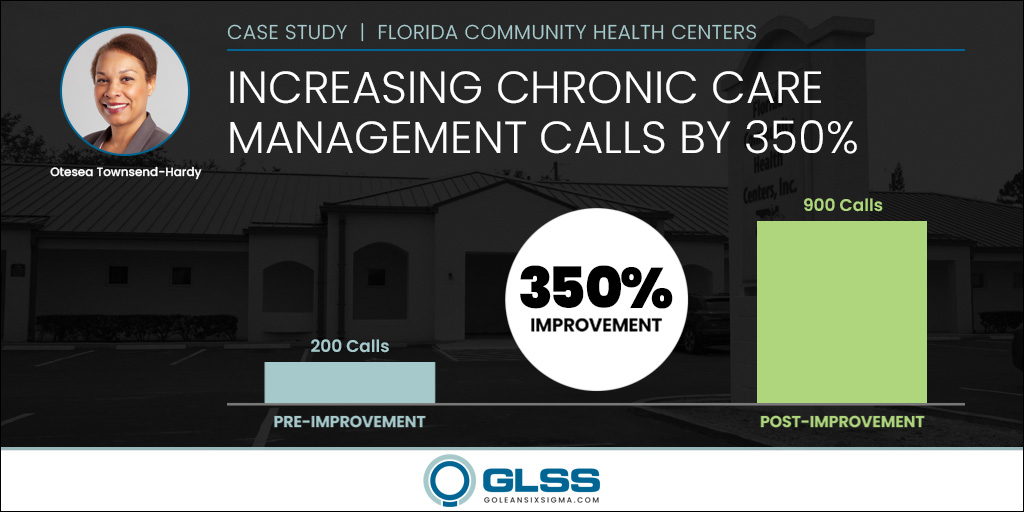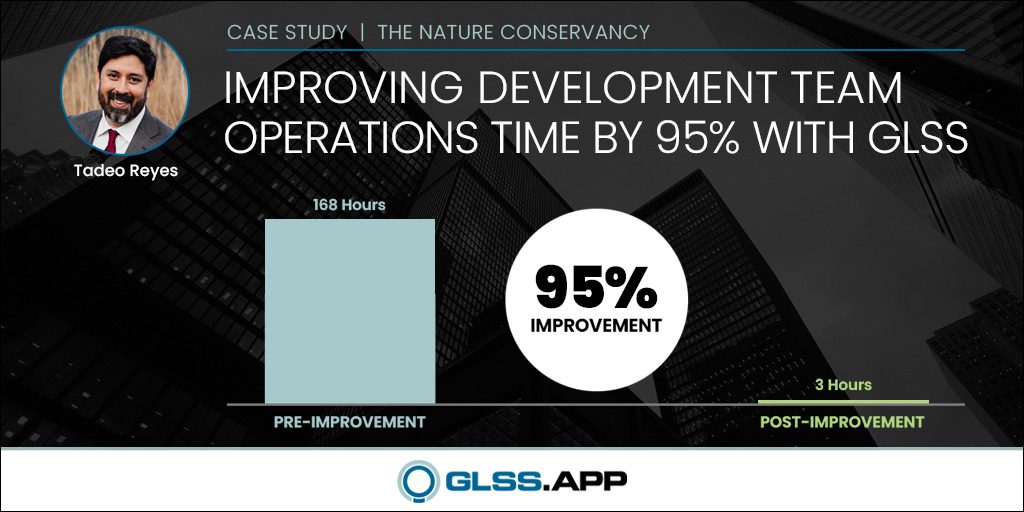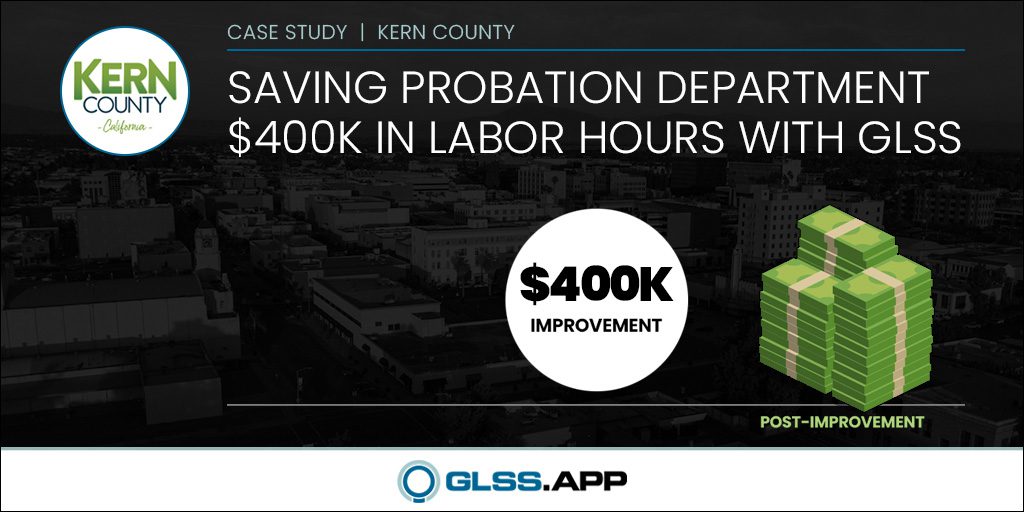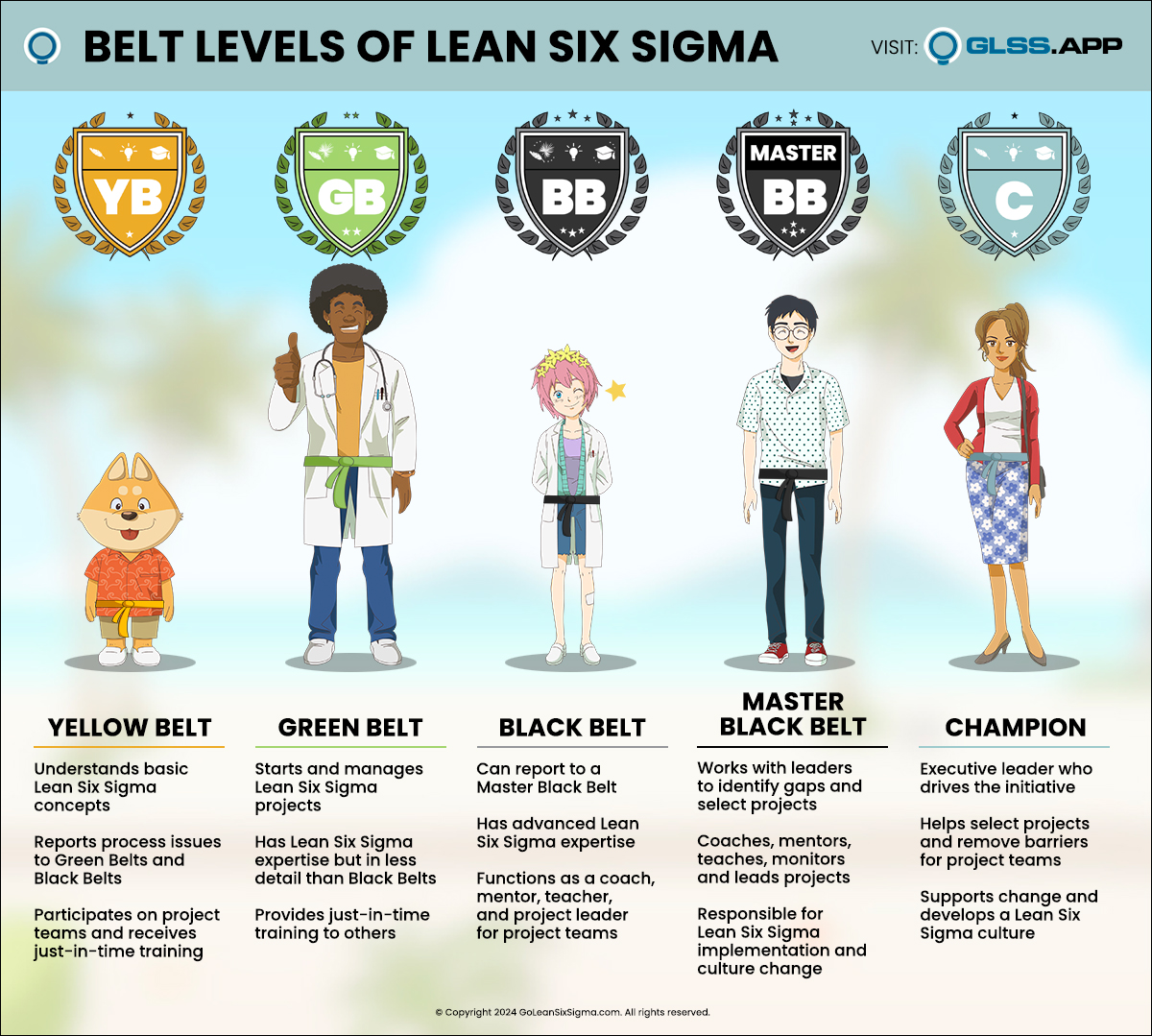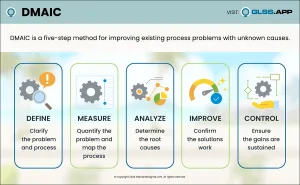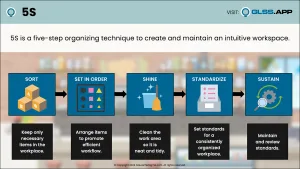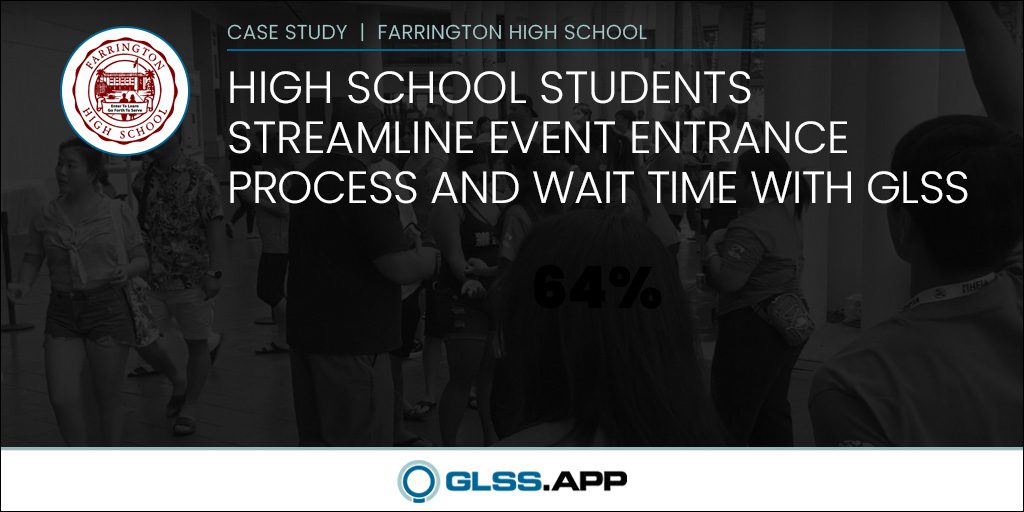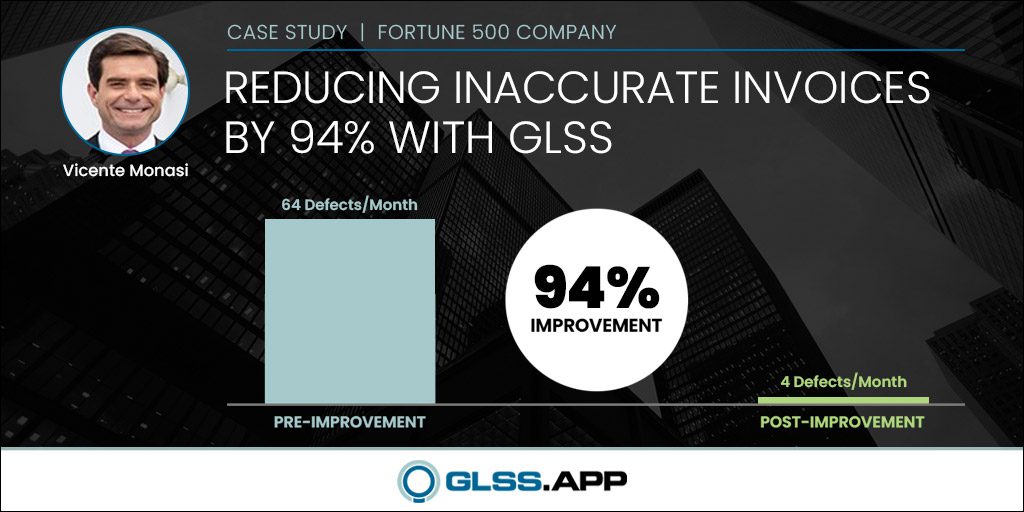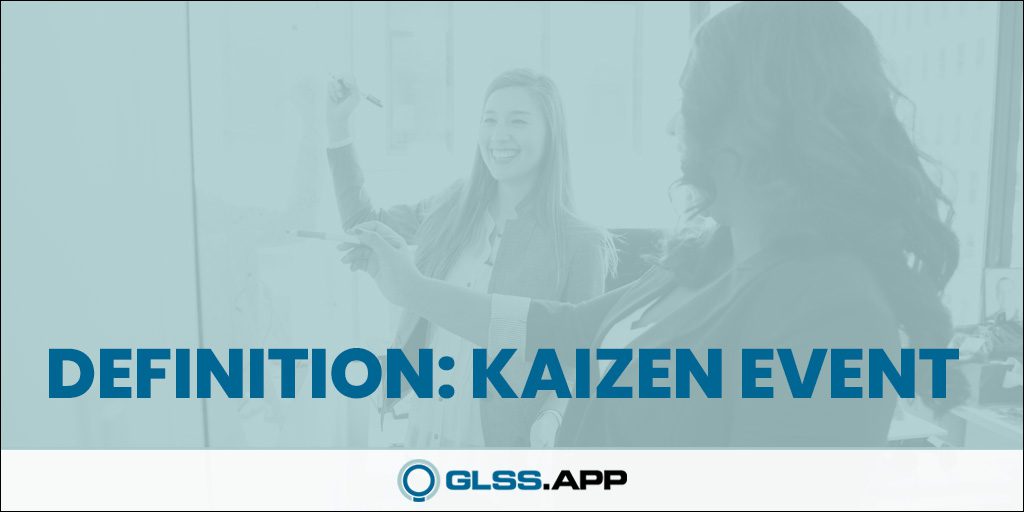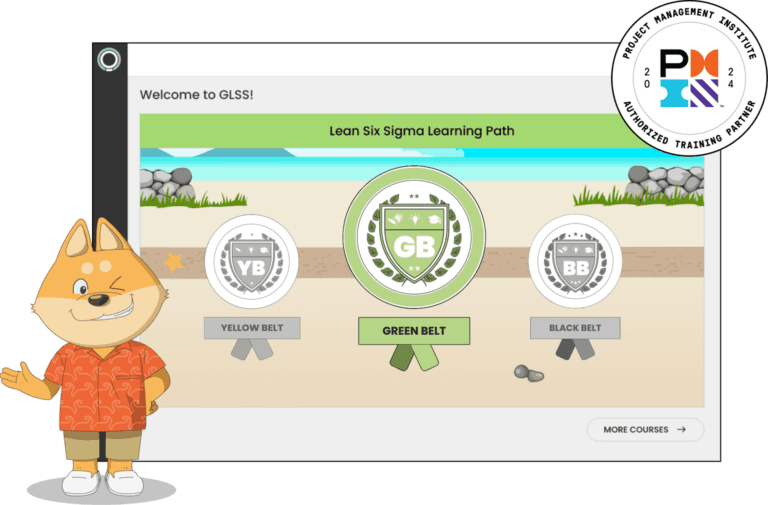King County Improves Veteran Supplier Record Setup By 56% With GLSS
Home » Case Study » King County Improves Veteran Supplier Record Setup By 56% With GLSS
Florida
Healthcare
Patient Care
350%
In this Success Story Snapshot, learn how Jim Shoemaker is helping make it easier for King County landlords to register as suppliers to veterans. Thanks to Lean Six Sigma and worthy efforts like this, process improvement is alive and well in the State of Washington!
THE CHALLENGE
One of our goals as a county is to help get veterans back on their feet and we realized our process was getting in the way. Imagine a veteran on the verge of eviction, waiting for critical rent payment. We required 18 pages of documentation to verify landlords, and then our staff had to process those 18 pages. Any missing information resulted in multiple delays. Vulnerable veterans submitted their 1-page intake form for assistance in minutes. But our delays in getting their landlords into the system became the straw that broke the camel’s back. We knew we could do better.
THE DISCOVERY
Government, much like business, is prone to separating departments into silos. Employees all strive to better serve the citizens of King County, but over time we lose sight of the parts we all play. By addressing this issue, we joined forces with Finance and the Veterans Program from the Department of Community and Human Services. On our side, we combined the Financial Analysts Team with Accounts Payable. The four separate groups started to learn from each other.
A Virtual Process Walk Uncovers Waste
Upon receipt of the supplier documentation, it took three and a half hours to process each record. One thing the Functional Analyst Team did was conduct a series of checks to verify the landlord:
- Was the property owned by the landlord?
- Did the property address on the lease match the W-9?
- Did the tenant name match the veterans name on the intake form?
Our team suspected they were duplicating these steps with the two Veterans Program Field Offices in North Seattle and Renton so we agreed to walk the process. A “Virtual” walk with 20 members of the different groups allowed us to avoid the additional waste of traffic and parking—which was a good thing. The exercise revealed we were all accessing and processing the same information. The Waste of Overprocessing!
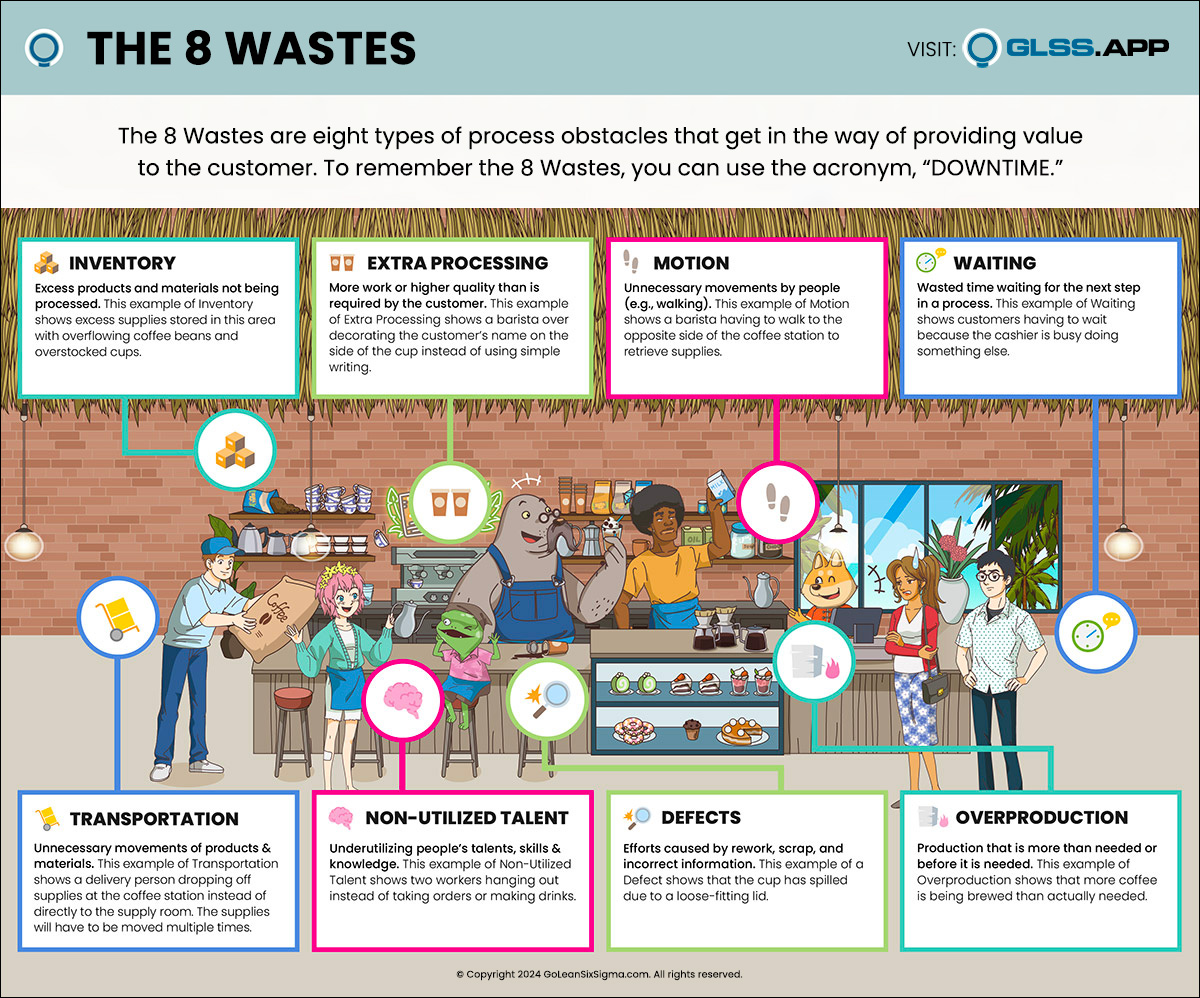
What About Those 18 Pages?
Another discovery during the Process Walk was that on top of the required 18 pages, the Field Offices were generating an additional 15 to 20 pages of supporting documentation—that no one else ever saw! It wasn’t clear to the group that the initial 18 pages were truly necessary, never mind the extra 20. We also realized that we were all able to access the necessary documents from the central database. There was no need to forward anything. We were excited about the opportunity to jettison some of that waste.
THE IMPROVEMENTS
The true purpose of the program was to make payments and provide assistance to the veterans, so our cross-functional groups made some simple but high-impact changes to better serve the veterans:
- Removed the time-consuming verification research
- Dropped the required documentation from 18 pages down to 2 pages
- Updated the new Standard Work for all the groups
- Reduced redundant steps in similar supplier-setup processes within the county
The Results
We reduced the time to process from 3.4 hours per record down to 1.5 hours—a 56% improvement. We reduced the setup time by two hours per service request for over 220 service requests per year. That’s a savings of 550 hours of wasted productivity for the Field Analyst Team alone. Our team presented the project success during our mini-seminar for Green Belts. These regular group presentations are a great way for us to share our learnings and best practices amongst our improvement teams.
What’s Next?
Applying Lean Six Sigma and following the DMAIC process is a great way to combat the natural “silo thinking” that develops over time. Instead of working our own piece of the puzzle and then passing it to the next unit, we stop to consider the implications for the people downstream. DMAIC provides a path to consider the client or customer at the end of the funnel. Process Walks, measurement and analysis allow us to collaborate on the end goal of that process—to better serve citizens who use our services.
I hope to see us implement even more of our improvement ideas. Our individual team wasn’t in control of the entire process. We need to work harder to get buy-in from the other people involved in the process. We are working to improve the whole thing as a unit and not just one particular department. More to come!



